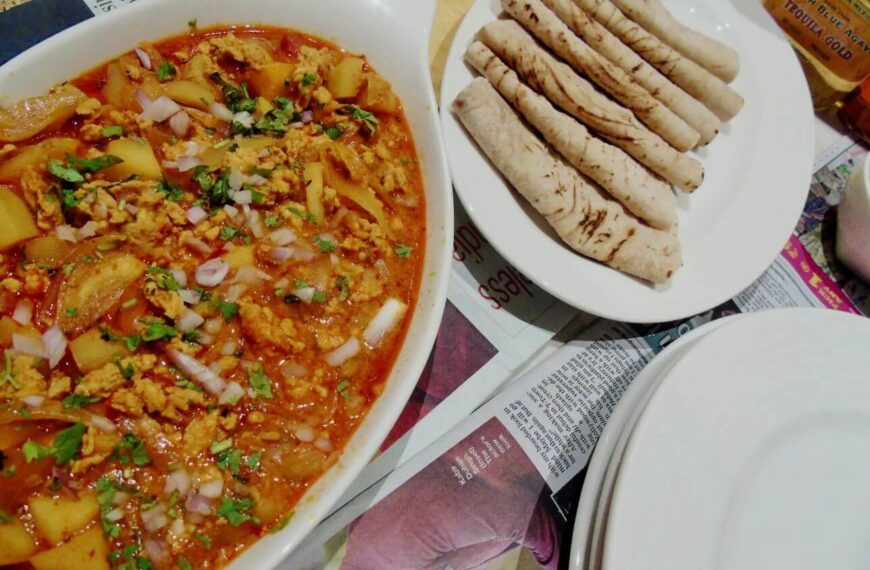Feni of Goa is known worldwide. Nimisha tells us the story of the liqueur and takes us along its journey. Here’s an interesting report.
The silver sands, the sunny coconut groves, the spice and cashew plantations, the fish and mangoes have been a highlight of Goa. The mere mention of Feni teleports us to India’s smallest state, the land of the sun and sand, Goa. Today, the Feni is famous worldwide. Feni comes in varieties, the cashew feni made from the cashew apples and the coconut feni made from the coconut.
The Cashew Journey
History says that the cashew plants were brought by the Portuguese from Brazil way back in the 15th century. They called it the ‘Cajuerio’. The warm and humid climate of Goa was just perfect for the ‘Cajuerio’ to adapt itself to its new environs. These plants thrive and grow on the hilly slopes, however, the tallest varieties are found on the sandy soil along the coast. The cashew apples differ in size and colour, ranging in between red to yellow. The most interesting part is that the cashew apple is not a fruit but an enlarged stem, the nut is the fruit. The cashew is also grown in the Coastal regions of Maharashtra and Karnataka, mainly for the cashew nuts.
Just like the Scotch is native to Scotland because of the speciality of its water , Champagne, in Campagne, France, because of its soil and similarly Cashew liquor can be made only from the Cashew apples grown in Goa. Hence, the Feni has a Geographical Index registration making it a speciality beverage from Goa.

How Feni got its Name
The toddy and cashew apple juice looked similar to the ‘fenno’ or froth and thus the name. The Portuguese friars, at that time were well known for producing the finest varieties of wines and liqueurs and they decided to distill liqueur in Goa. Under the watchful eyes of the Portuguese friars, the locals were trained to tap toddy and extract juice from the cashew apple.
Traditionally, cashew feni is made only from the tree ripened cashew apples that have fallen, these fruits are picked and then taken for crushing. The fruit is then de-seeded and then dropped in the stomping area. The stomping area is normally a rock cut into a basin shape and is locally known as “coimbi”. The fruits are then stomped to release the juice. Over the years, the use of modern equipments has replaced stomping. The press used is called a ‘pinjre’ which literally means a cage. The pulp is hand pattied into mounds using a vine, called a nudi, which is then intertwined around the mound to hold it together, after which a heavy weight is placed on top of it. Traditionally boulders were used. The juice got from this process is known as Neero or Neera.
The Neero is then collected in a large earthen pot called the ‘kodem’, this is buried in the ground halfway and left to ferment for several days. However, with changing times and for practical purposes the earthen pots have given way to plastic drums. The juice sits in the drums for three days as it ferments. There is no yeast or nutrients added to initiate, assist or hasten the fermentation process.

The cashew feni is then distilled using the traditional pot. The distillation area locally known as the ‘bhatti’. Earlier the boiling of the neero was done in earthen pots, however,the copper pots have now replaced the traditional earthern pots and both are locally known as ‘bhann’. The distillate is then collected in another pot which is called ‘launni’. Traditionally cold water needed to be continuously poured on the launni to condense the distillate. However, now immersion coils in cold water are used.
The Cashew Feni is distilled not once, not twice but three times. The first distillate of the fermented cashew apple juice or the neero is called as urrac and this contains about 15% of alcohol. Urrac is mixed with neero in a measured proportion and redistilled to give a spirit called ‘Cajulo’, which has an alcohol content of about 40-42%. The ‘Cajulo’ is redistilled with urrack to yield a higher strength spirit and this is called Feni. The Feni has an alcohol content of 45%.
The Cashew Feni available in markets is actually Cajulo which is double distilled, since “feni” is considered to be too strong an alcoholic beverage for consumption.
While the smell of Feni might make you cringe your nose, this wonder drink from Goa is loaded with medicinal properties. Be it a common cold, injury, tooth pain or a stomach upset, Feni was the answer and the household medicine people relied on. For Goa and Goans, the Feni is not just a drink, but an emotion. No matter what the occasion in Goa, a copit (glass of Feni) is a must.
The Goans firmly believe that when liqueur is served the Gods are invoked and therefore while the whole world says cheers before a drink, a Goan says “Dev borem karu”(Wish you well in the name of God).
Pix: Sourced by author from Net.



 By
By

 By
By